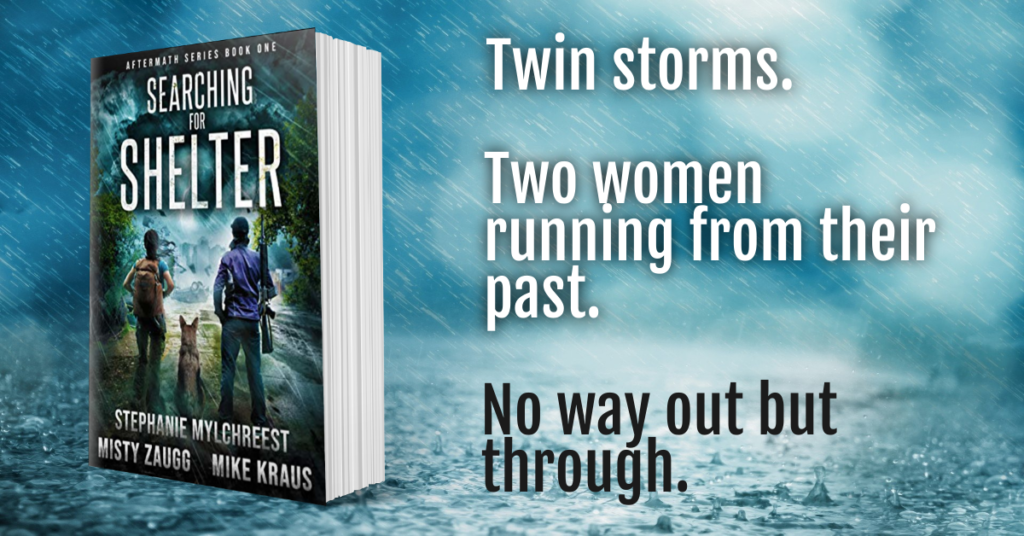Hi friends,
While researching survival methods for purifying water, I ran across a really fun one.
It doesn’t produce a lot of water, but if you happened to run across a recycle bin full of plastic water bottles and soda cans, you could set up an array of these clever little devices in a warm window.
Steps:
- Cut the bottom off a standard water bottle.
- Bend about an inch of the ragged bottom of the water bottle up inside itself, creating an inner lip that will catch water as it condenses and drips down the inside of the bottle.
- Cut the top off a soda can or other tall container that is skinny enough to fit inside the water bottle.
- Fill the soda can with dirty water.
- Place the water bottle (lid still on) over the soda can and put in a sunny location.
- Wait . . .
- When you see water condensing on the inside of the water bottle, you can give it a few bangs to knock all the water down into the bottom lip. Take off the lid and pour the water out into a cup.
- Sip on the teaspoon or two of distilled water . . . I warned you it didn’t make much!
This is a fun project to do with the kids – great for a homeschooling lesson on the states of matter and how they change: solids, liquids, water vapor, evaporation and condensation.
Plus, a great topic on how important clean drinking water is during a disaster or emergency.
If you have any other fun tips on clean water in a disaster, I’d love to hear them!
P.S. Our publisher kept our new book on sale for an extra week if you didn’t get a chance to grab it last week:

$0.99 Sale on Amazon. FREE on KU!
______________________
Misty’s Writing Update:
Steph and I have been writing at a breakneck speed since last August, and are already about 30k into Book 5 of our Aftermath series.
It’s getting pretty tense as our characters are faced with larger conflicts, up from the group level to the city level.
The new government in charge is doing what they think is right to save the most people, but at the expense of individual freedoms.
It makes me think about the best way to weather a disaster. You obviously need to have a core group of people, but how many people is the perfect number?
And how far away would you need to be from larger cities to be safe from unconstitutional orders or someone demanding you contribute your hard-won supplies for the greater good?
It does provide a lot of tension and fun situations to write as Rita and April struggle their way into leadership roles in the mountains of Colorado.
Enjoy reading this week!
— Misty 🙂

Recent Comments